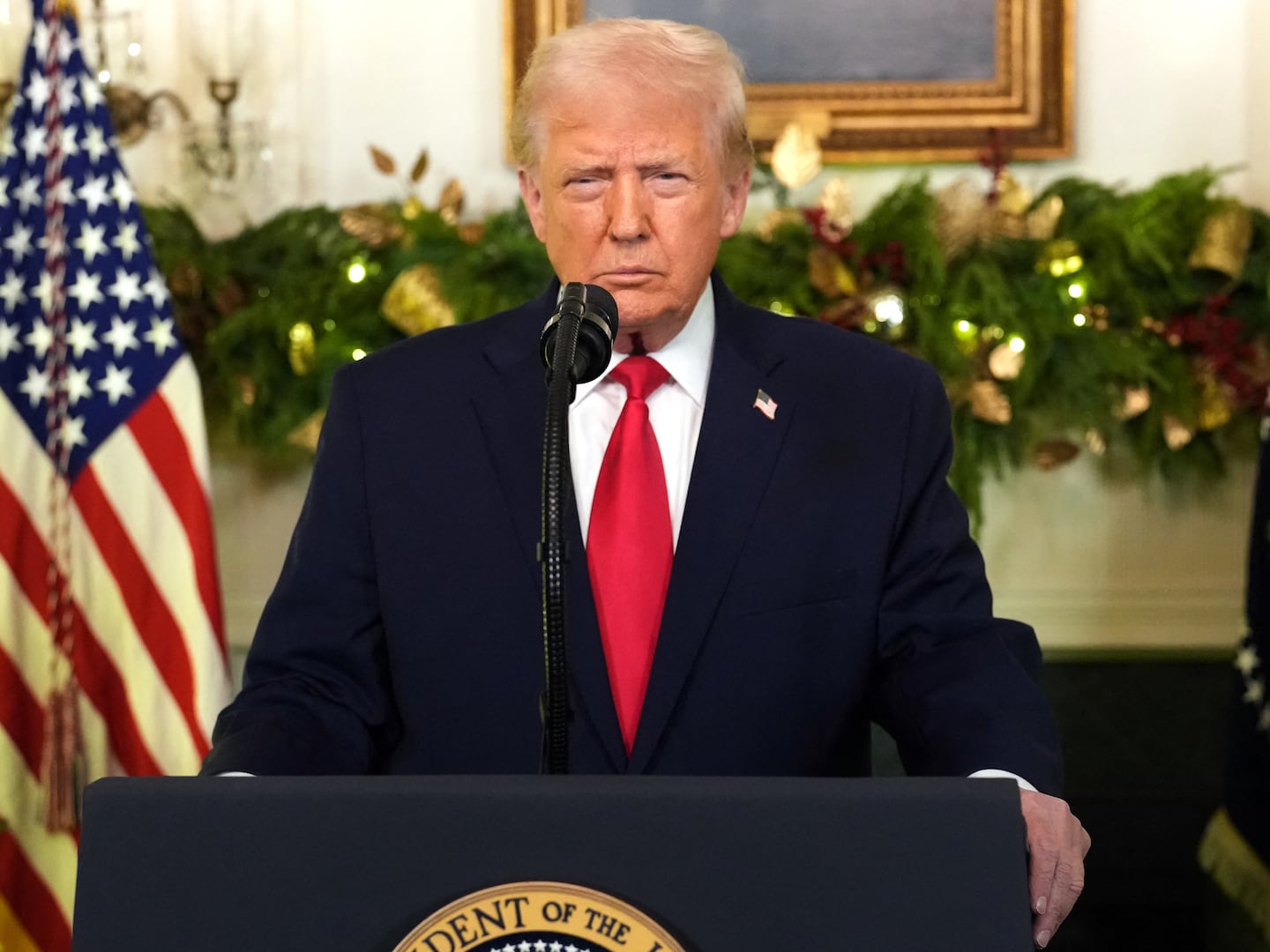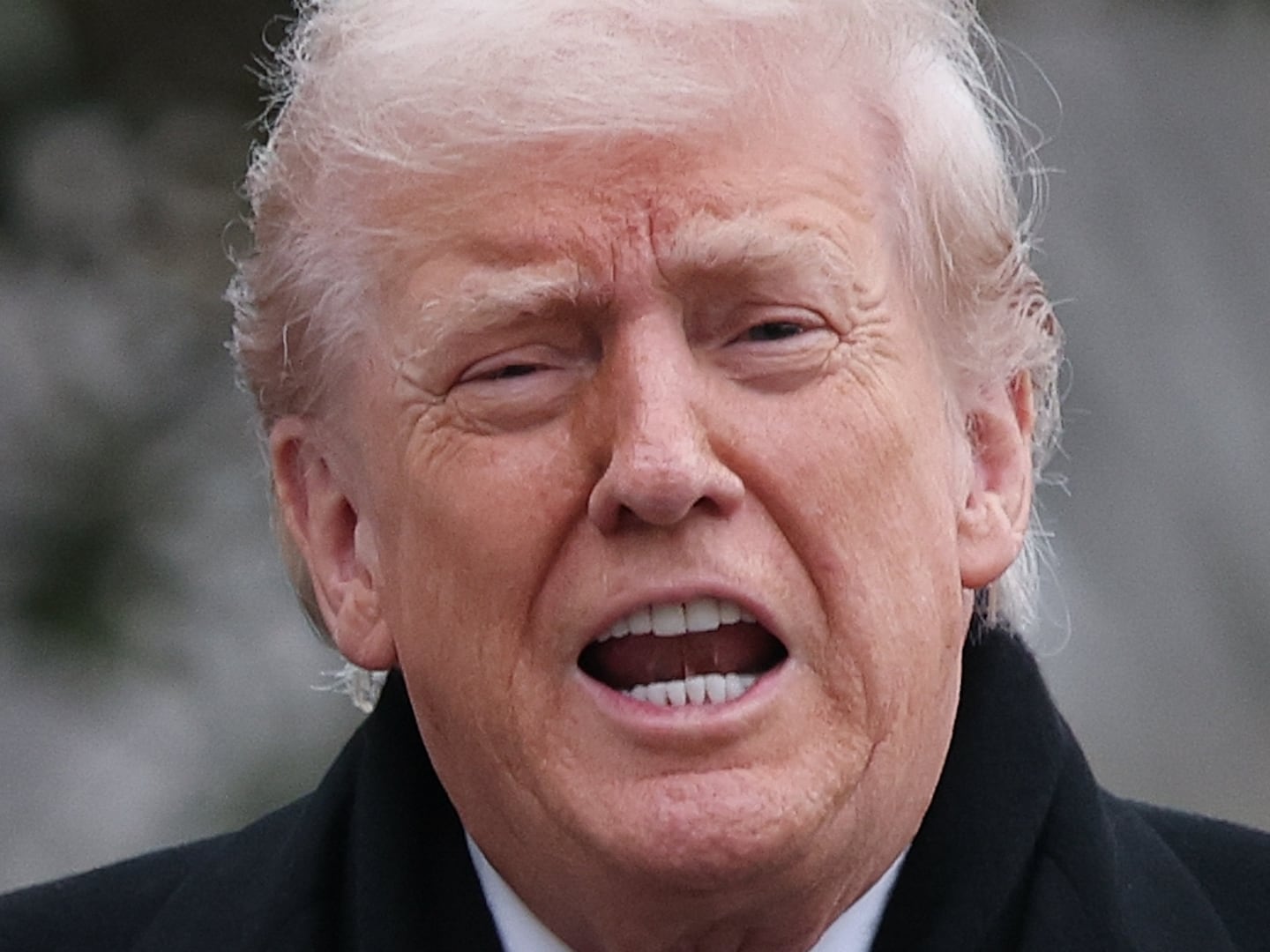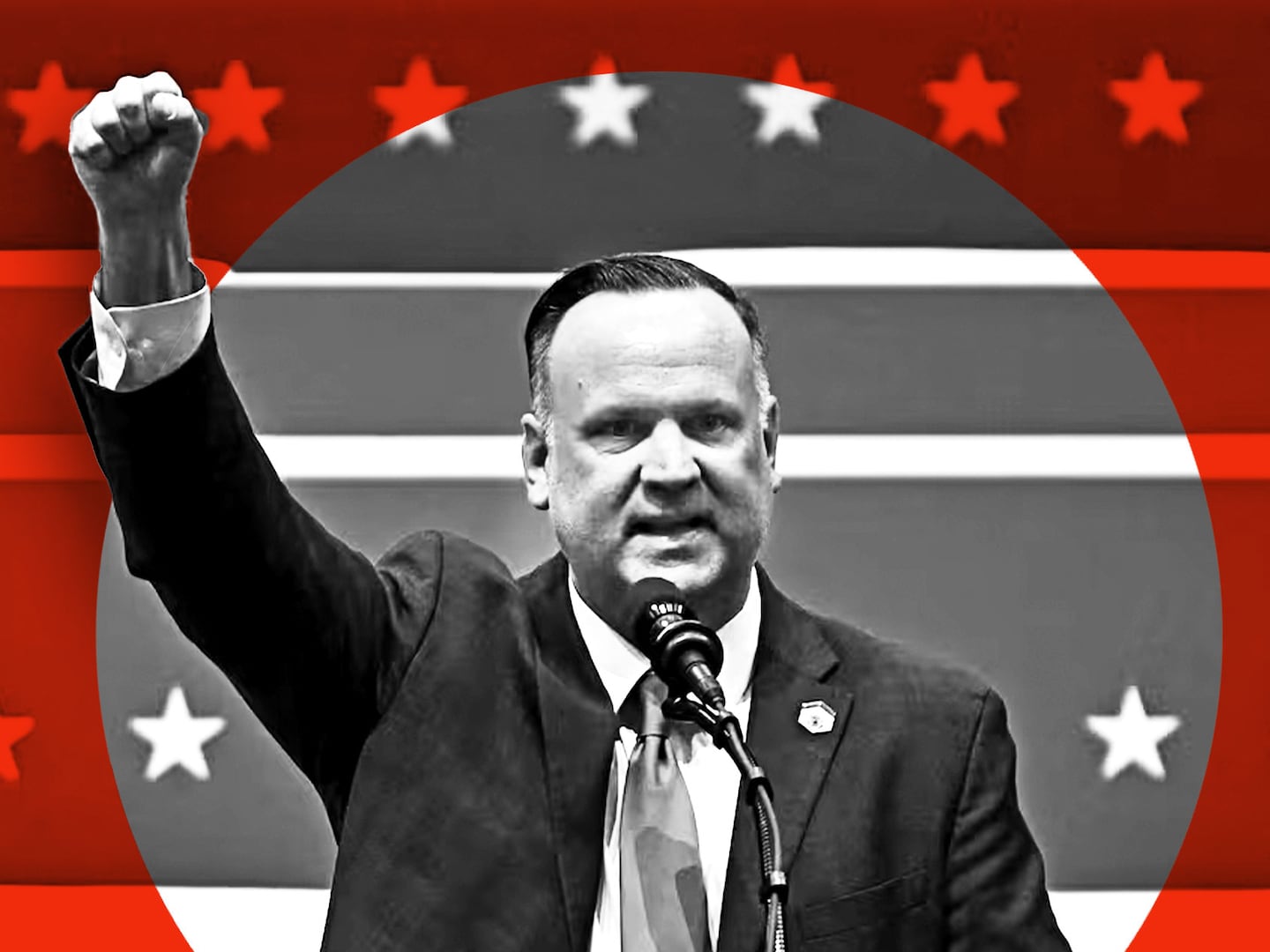TEL AVIV, Israel—Midday Monday, two uniformed Israeli soldiers mistakenly drove into downtown Jenin, a Palestinian city in the northern West Bank. Several dozen locals blocked the military jeep’s path, taking stones and chairs to the windshield and windows. Amidst the terrified screaming and shattered glass, a uniformed Palestinian Authority (PA) policeman was seen in cellphone footage of the incident, gun unholstered, trying to press the mob back. The PA Security Forces were ordered to deploy in force to the scene, securing the Israelis’ rescue before transferring them back safely to the Israeli authorities. A major tragedy—if not an even larger political crisis—was averted.
The events in Jenin were not an isolated incident. Earlier this month, an Israeli civilian mistakenly took a wrong turn into a village outside Jerusalem, whereupon he was set on by a 200-person throng. His vehicle was torched, but here too, the PASF intervened and extricated him. According to official Palestinian figures, in 2017 alone over 500 Israelis strayed into Palestinian-controlled areas of the West Bank; they were all detained safely by the PASF and returned to Israel unharmed.
This type of action is only one facet of what is called Israeli-Palestinian “security coordination,” a nebulous catch-all term that, nevertheless, can be defined and measured. In addition to retrieving wayward Israelis, coordination includes several other operational components that have arguably never before been described publicly: dialogue and intelligence sharing; counterterrorism; deconfliction during Israeli military raids into PA-controlled areas of the West Bank; and riot control. Above it all stands the Palestinian strategic decision championed by Palestinian President Mahmoud Abbas: no to violence.
Thus, for instance, Israeli and Palestinian officers are in constant contact—“daily and weekly” according to one senior PA security official—to discuss common threats in the West Bank that could “impact the stable security situation on both sides.” This often takes the form of counterterror operations against their common foe, Hamas, with intelligence flowing both ways. During the haba (eruption) of “lone wolf” terror attacks in 2015-2016, the PASF worked to interdict attackers—predominantly young Palestinians—ahead of time; by the end of 2016, according to one count, the PASF were responsible for a third of all terror suspect arrests.
When Israel wants to take matters into its own hands, however, it does, launching near nightly arrest raids into Palestinian cities. This is handled via an official deconfliction mechanism between the two entities (“don’t go outside,” Israel tells the PASF) that on the whole works seamlessly. “Once we needed a division to enter [the Palestinian city of] Jenin,” Israel’s defense minister stated in late 2015. “Two days ago, we did it with a small force.” This was in fact the case the other week, too, when the IDF conducted several raids in the Jenin area targeting a Hamas cell responsible for the murder of an Israeli settler—including a fairly unprecedented fifteen-hour operation inside the Jenin refugee camp. According to several reports, Palestinian intelligence may have assisted Israel in locating the cell.
Finally, the PA works—whether by commission or omission—to stop large-scale demonstrations from coalescing and escalating, particularly in the sensitive seam zones (highways, checkpoints and settlements) between Israeli and Palestinian control. It’s not an accident that, in the two months since President Donald Trump’s December speech recognizing Jerusalem as Israel’s capital, the level of unrest on the ground has been tepid. The PASF have reportedly worked to stop armed protesters from reaching the front lines of the demos, and the PA writ large has not mobilized its people to take to the streets.
As a senior Israeli security official told The Daily Beast, security coordination with the PASF has actually grown closer since Trump’s speech—this despite recent Palestinian threats to re-examine such ties, and unlike the Palestinian move taken last summer that temporarily suspended coordination at the higher echelons.
Even Trump has, in the past, recognized the vital role played by the PASF. “We must continue to build our partnership with the Palestinian Authority Security Forces to counter and defeat terrorism,” he stated last May, standing next to Abbas at the White House. “I also applaud the Palestinian Authority’s continued security coordination with Israel. They get along unbelievably well... I was actually very impressed and somewhat surprised at how well they get along. They work together beautifully.”
The president, however, no longer seems that impressed, at least judging by his statements last month at the World Economic Forum in Davos. Making his displeasure with the Palestinians clear, Trump said the U.S. was “disrespected” during Vice President Mike Pence’s recent visit to the region and called into question continued U.S. aid to the PA. “The money is on the table,” Trump said. “We give them tremendous amounts, hundreds of millions of dollars a year. That money is on the table. Because why should we do that as a country if they’re doing nothing for us?”
Coming on the heels of the partial suspension of U.S. aid to the UN Relief and Works Agency for Palestine Refugees (UNRWA) in January, and after Trump’s previous threat to cut off the PA if it won’t return to the negotiating table, this latest statement has to now be taken seriously. Yet the president is, in point of fact, mistaken There is much that the U.S. gets out of propping up the PA, especially as it relates to the stability of the West Bank and Israel’s security, which Trump has stated repeatedly is a primary U.S. foreign policy objective.
Direct U.S. aid money, which totals over $400 million per year, goes to pay for a variety of things in the PA. There is money that Israeli hospitals receive to cover Palestinian medical bills; money that goes to Israeli energy companies to cover Palestinian electricity bills; and money via the US Agency for International Development that goes to pay for major infrastructure and other development projects. Since money is ultimately fungible, these costs are all net benefits for the overall PA budget, which can then be used in other areas—including security. By one count, approximately $1 billion per year is spent on the PASF.
Moreover, as Trump alluded to last May in the White House, for over a decade a small mission led by a U.S. three-star general/flag officer has been working out of the U.S. consulate in Jerusalem to help train, equip, and otherwise support these very forces. While assistance in previous years hovered around $100 million per year, it is now down to less than half that. For its part, the CIA has a separate program, the scale of which is classified, mentoring the PA’s intelligence services. This aid may now be in danger, too—which would be abjectly counterproductive for all parties involved.
Indeed, the PASF’s rehabilitation over the past decade under U.S. auspices, and its strong working relationship with the Israelis, is arguably the most successful facet of the entire Peace Process ecosystem.
Palestinian officials repeatedly make clear, however, that they do all this not as a favor to Israel (or America) but as part of a strategy meant to achieve the ultimate goal: an end to the occupation and statehood. Withholding the financial support that underpins all of the above only furthers that goal in Palestinian minds; it’s also liable to shake the cohesion and effectiveness of the PASF, which in turn will destroy the relative stability achieved in the West Bank.
This might all be, for Trump, simply a high-level game of dealmaking. But it’s worth remembering that there are real people who live in the Holy Land who have a lot to lose if the situation deteriorates. Not just a few hundred million dollars a year in U.S. aid, and not just the Palestinians.






